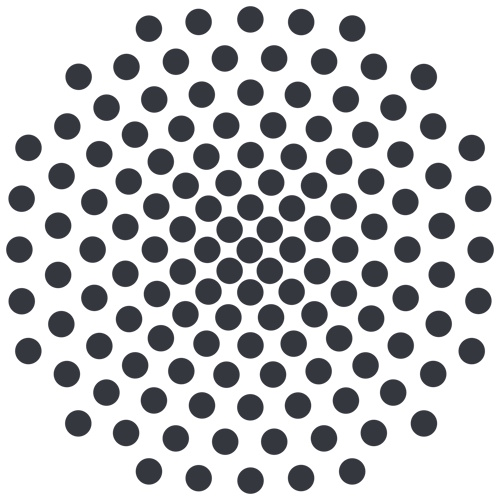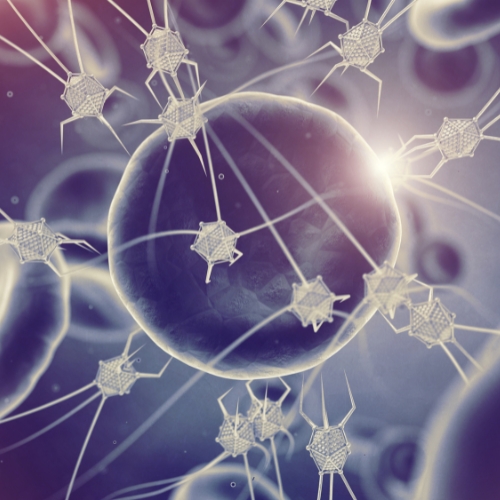Key points from article :
Scientists at the University of Stuttgart have developed an innovative approach using DNA origami to manipulate the structure and function of synthetic cell membranes. This method involves reconfigurable DNA nanorobots that can create programmable transport channels in the lipid bilayers of synthetic cells.
These channels allow the efficient passage of large therapeutic proteins or enzymes into cells and can be programmed to close when needed. The experiments were conducted on giant unilamellar vesicles (GUVs), simple cell-sized models that mimic the behavior of living cells, offering insights into membrane dynamics, protein interactions, and lipid behavior.
The team used DNA origami, a process where DNA strands are folded with shorter "staple" sequences to form precise structures. These structures act as nanorobots, capable of reversible shape changes that influence their surrounding environment. The researchers found that this transformation could deform the GUV membranes and create synthetic channels, which reseal as required. This capability opens new possibilities for therapeutic applications, such as targeted drug delivery, by enabling controlled interactions with synthetic cells.
Published in Nature Materials, the findings highlight the potential for DNA nanorobots to simplify complex biological mechanisms and facilitate the development of new therapeutic strategies. The study not only presents a new tool for synthetic biology but also raises questions about the potential to design less complex, yet effective, synthetic platforms for biological applications.







